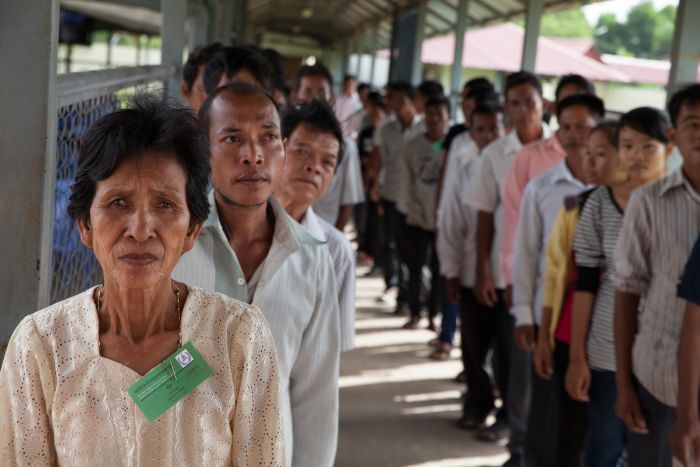< Country Case Studies
Ethiopia
A civil war that started in November 2020 in Ethiopia’s Tigray region devolved into a brutal conflict and humanitarian crisis. From the beginning of the war, witnesses reported the intentional targeting of civilians, often along ethnic lines. A ceasefire agreement in November 2022 calmed the violence, but civilians remain at serious risk of mass atrocities. The conflict has included multiple armed actors, all of whom are alleged to have committed mass atrocities. In March 2023, US Secretary of State Antony Blinken publicly stated that various parties to the conflict were committing war crimes, crimes against humanity, and ethnic cleansing.
-
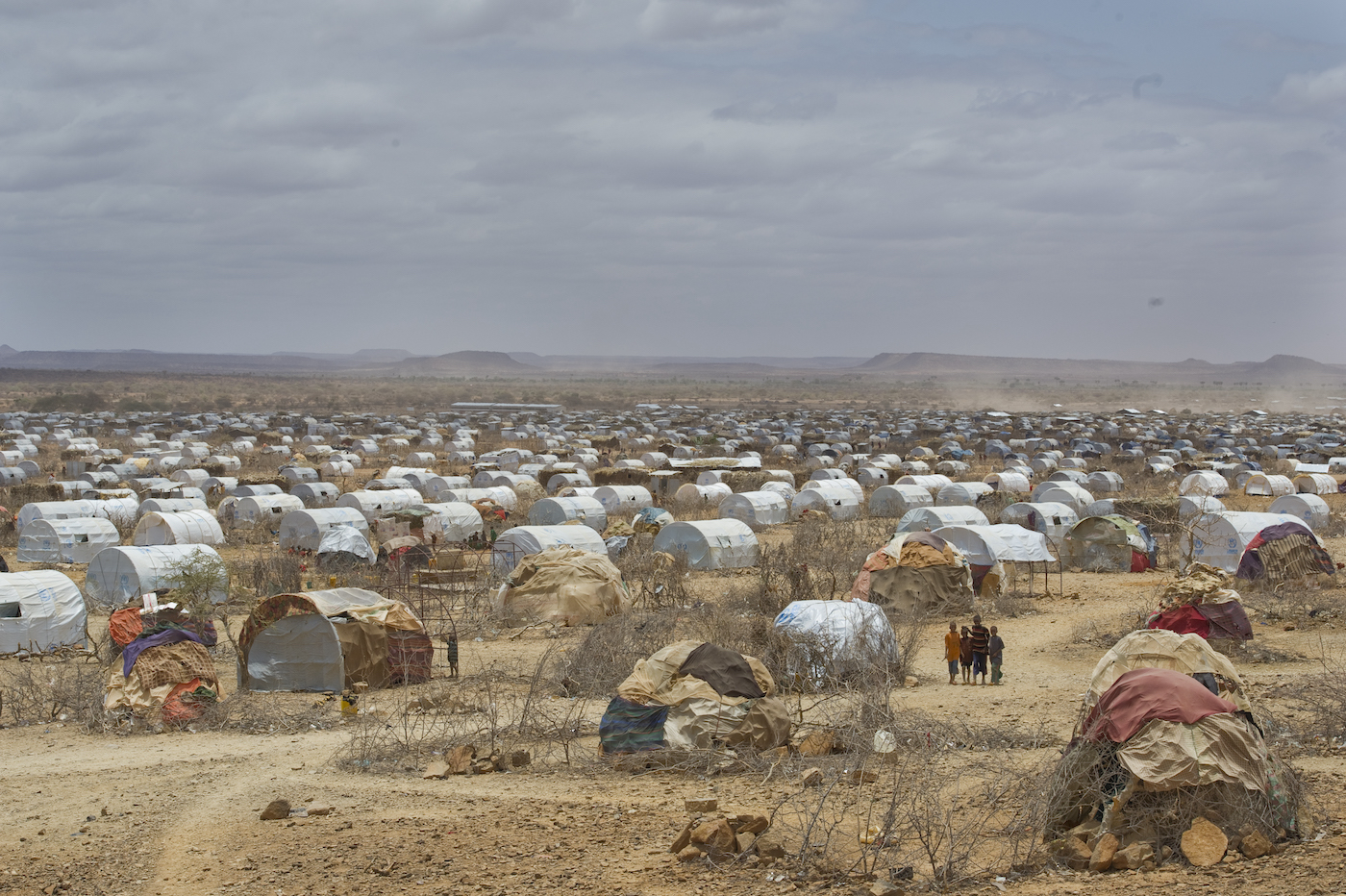
Risk of Mass Killing
Our Early Warning Project estimates that there is a chance of a new mass killing in Ethiopia for 2022. Ethiopia ranks 7th highest-risk among 162 countries. Factors accounting for Ethiopia’s high-risk estimate are its lack of freedom of movement for men, large population, history of mass killing, and the presence of battle-related deaths.
-
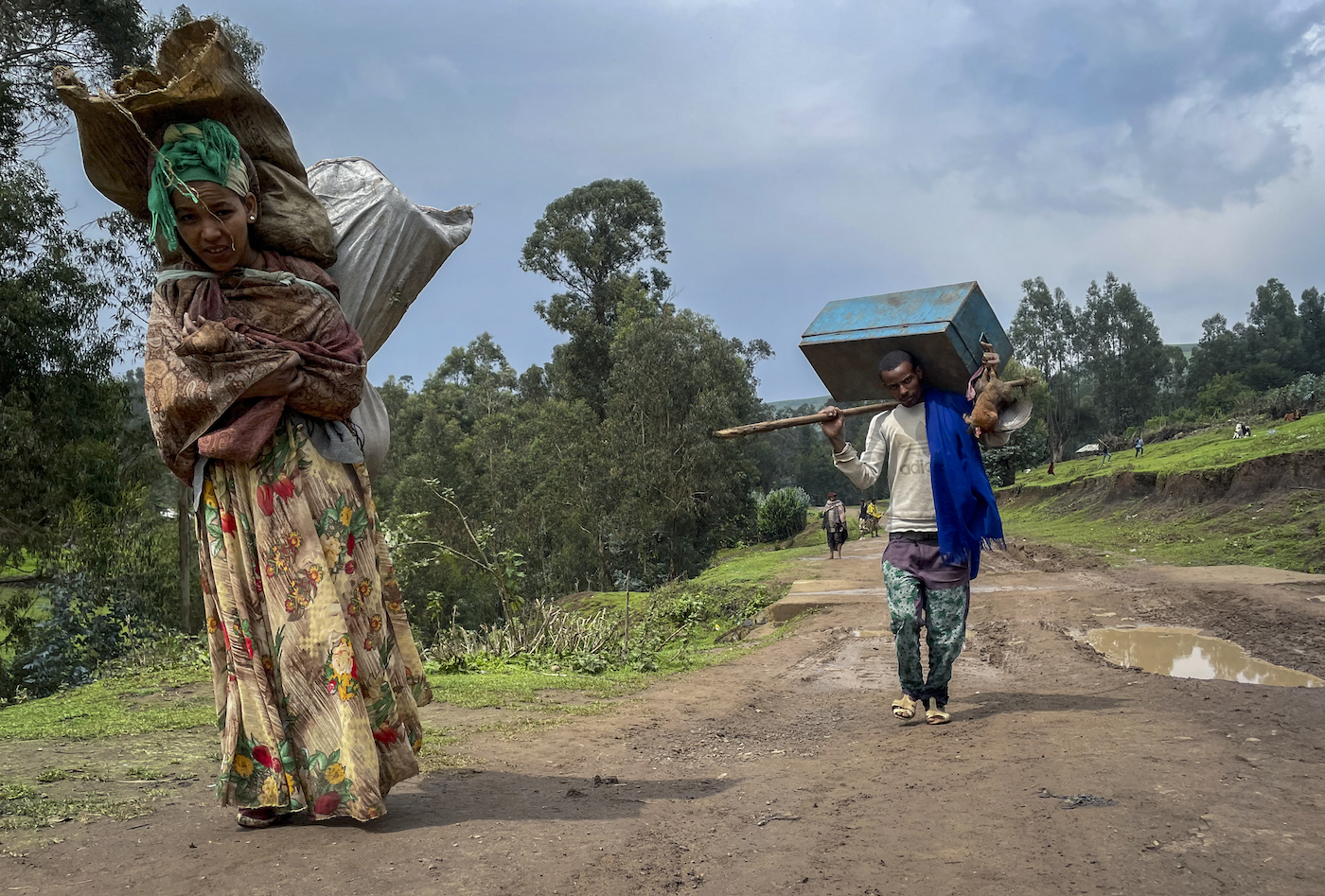
Justice Options for Ethiopia
This report examines eight options to provide redress for Ethiopia's victims of mass atrocity crimes.
-

Museum Concerned about Risk of Genocide in Ethiopia
The Museum is deeply concerned about further crimes against humanity and a heightened risk of genocide in Ethiopia’s Tigray region.
-
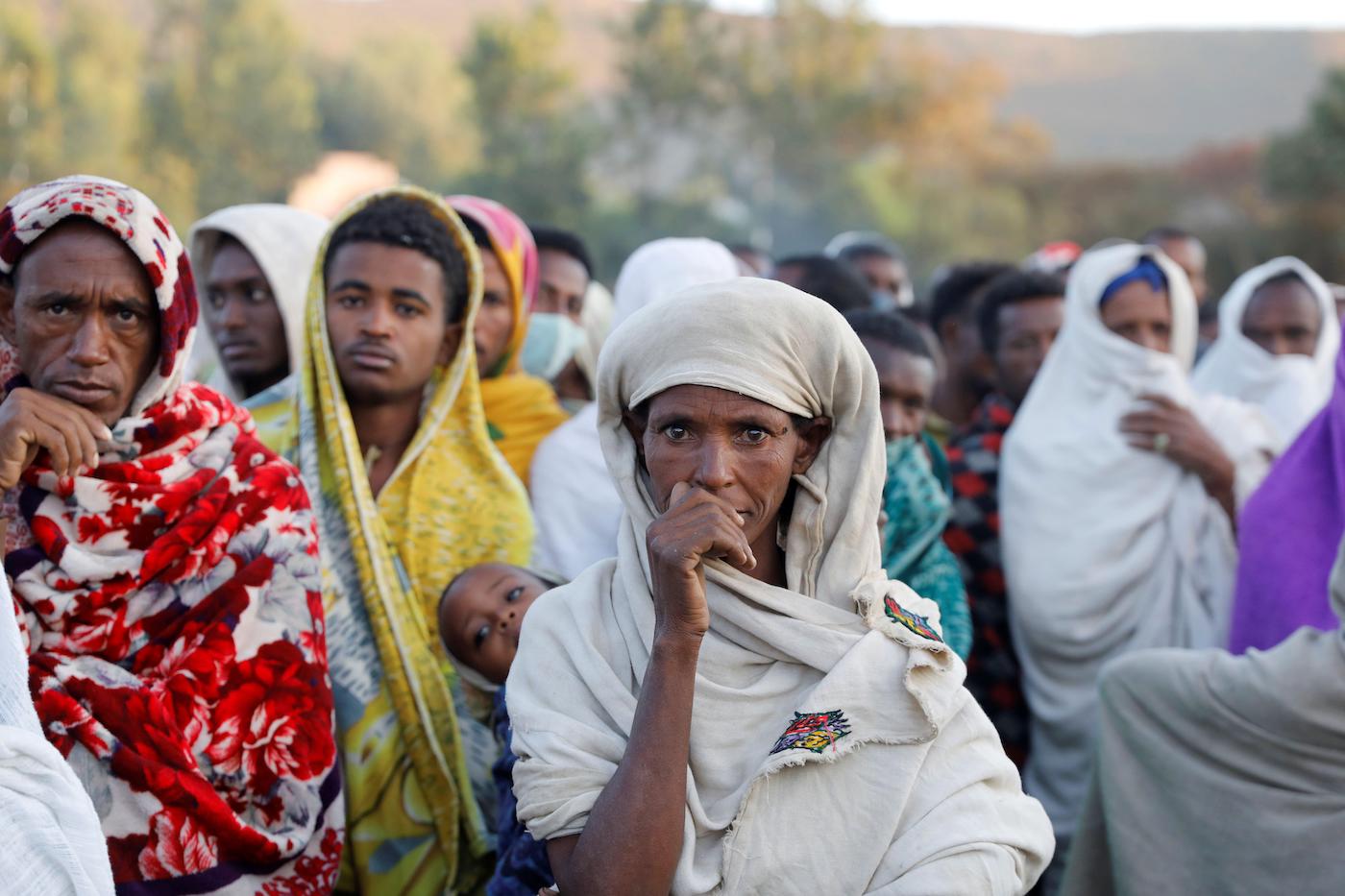
Fact Sheet
This downloadable flyer provides background information on the mass atrocity crimes being committed against civilians in Ethiopia.
PDF Download -
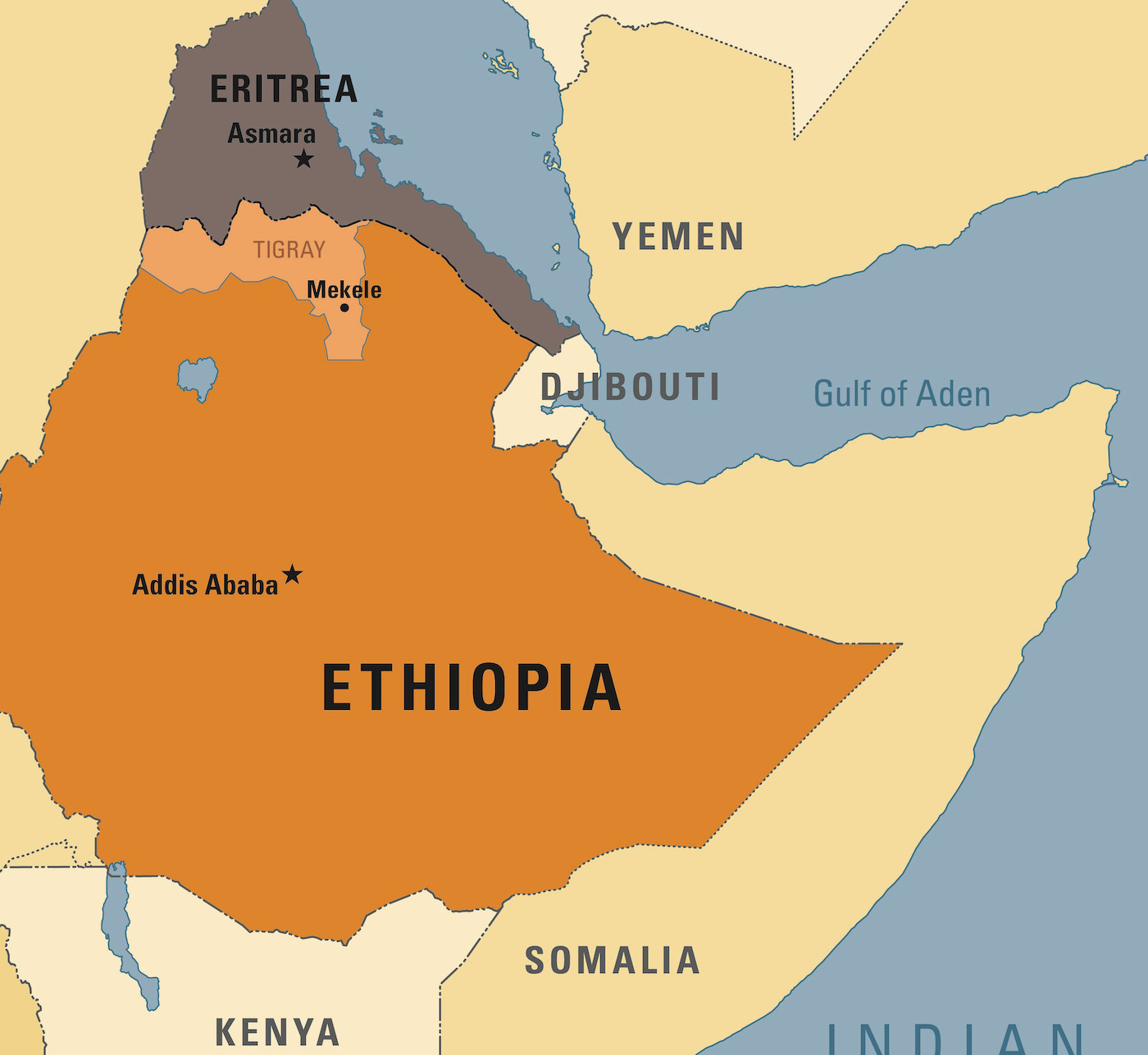
Starvation of Civilians in Tigray, Ethiopia: Justice Options
There are credible reports that parties to the conflict have destroyed food, crops, livestock, and civilian infrastructure and that the Ethiopian government is responsible for deliberately starving civilians. This post discusses the latest developments regarding these crimes and options for accountability.
-
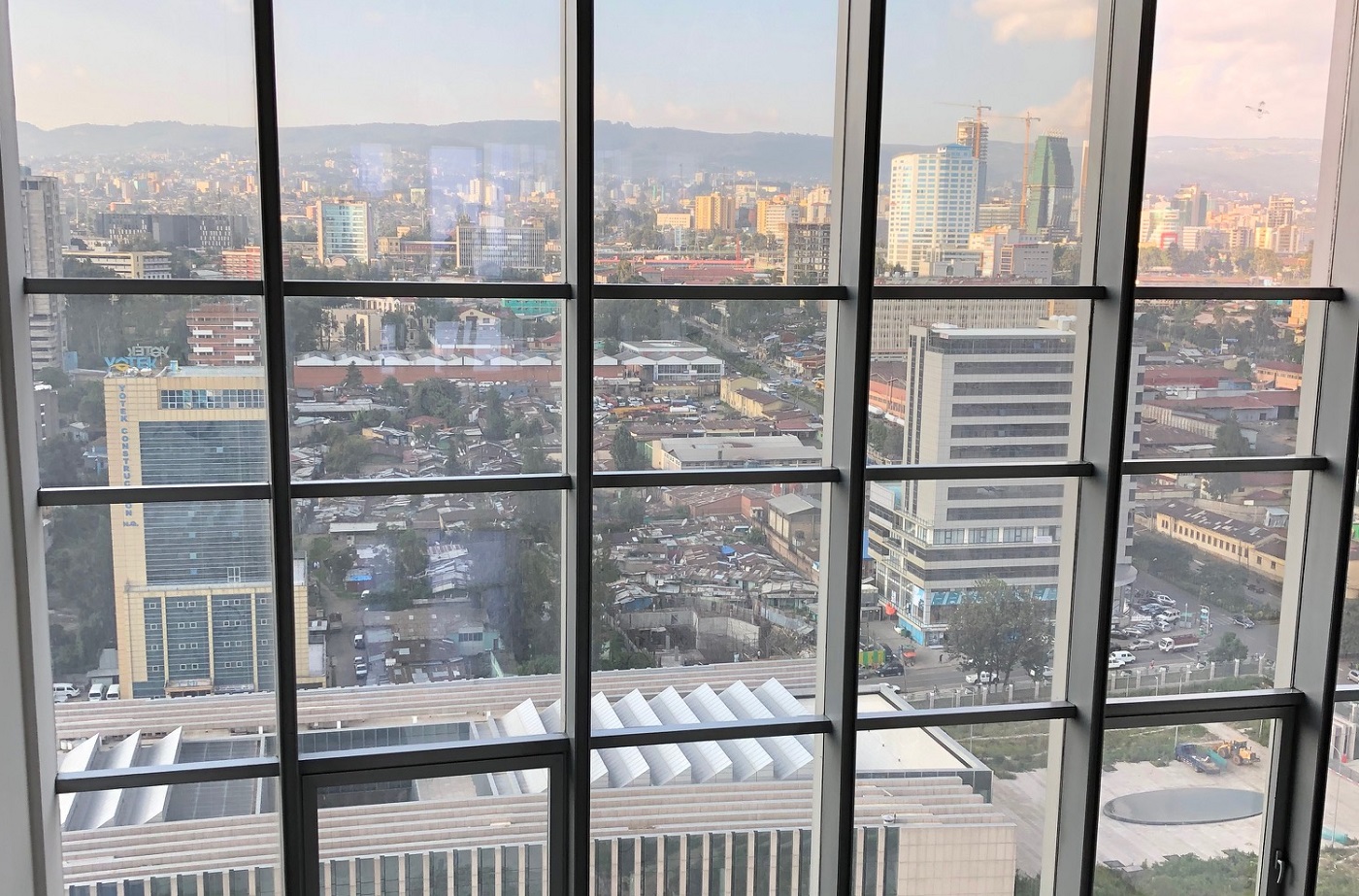
Risk of Genocide and other Mass Atrocities
Learn more about immediate threats to civilians in Ethiopia and what must be done to prevent genocide and further atrocity crimes.
-

State of the World: Mass Killing in 2021
Our Early Warning Project has recorded a new onset of mass killing in Ethiopia.
-
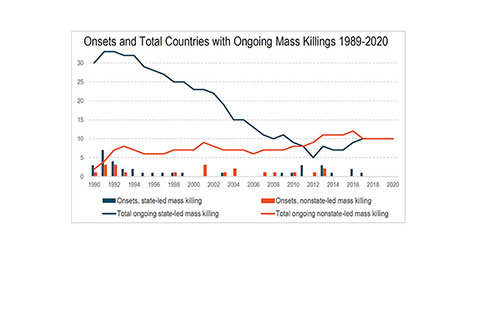
State of the World: Mass Killing in 2020
Ethiopia topped the list of countries to watch for a new episode of mass killing in our 2020–21 Statistical Risk Assessment.

